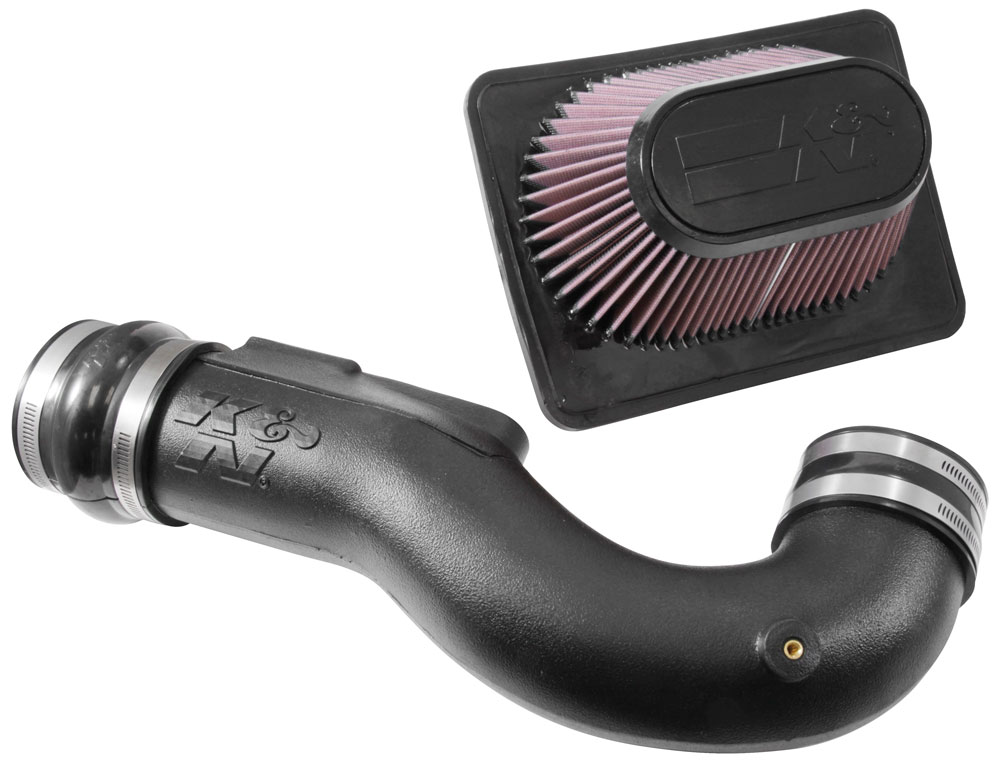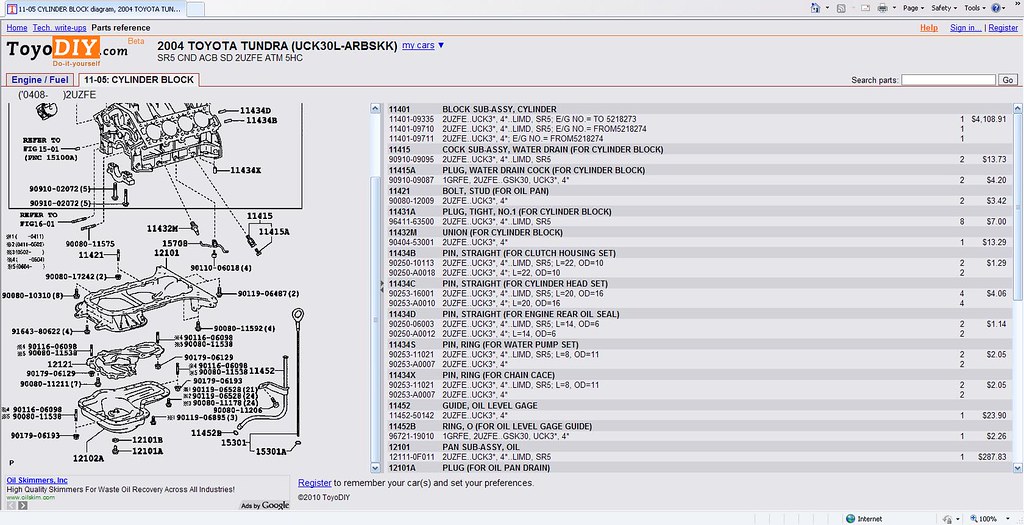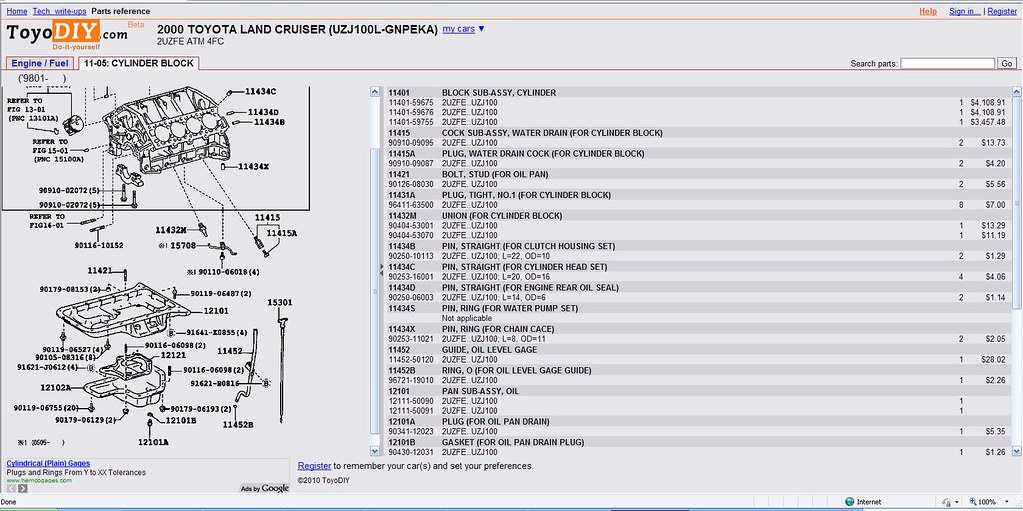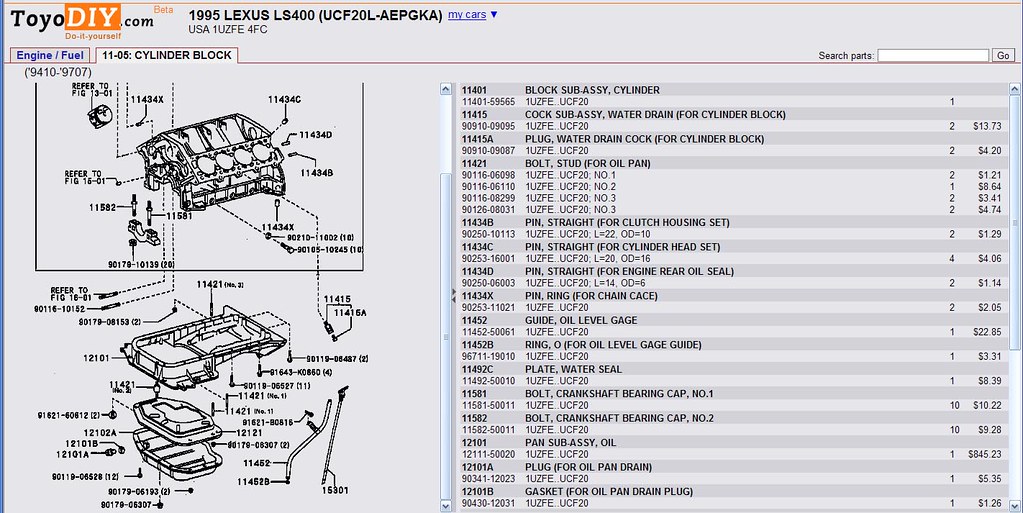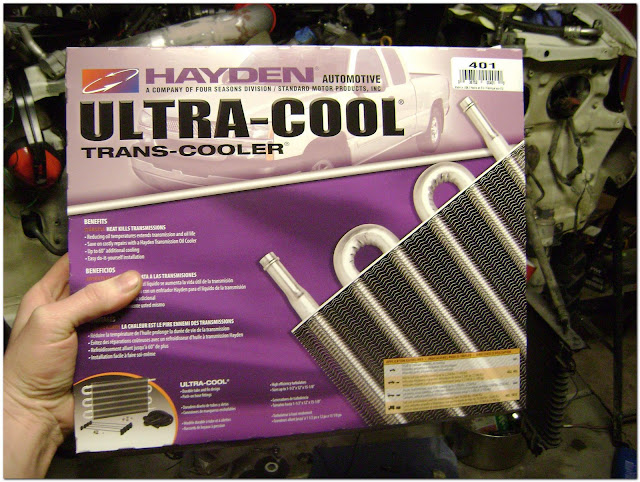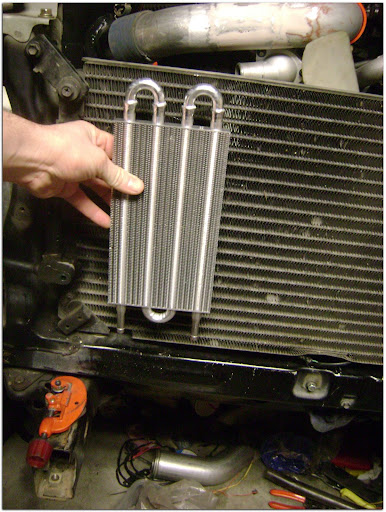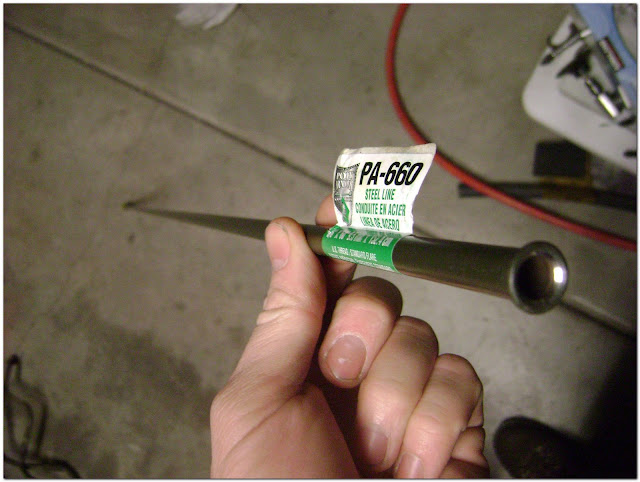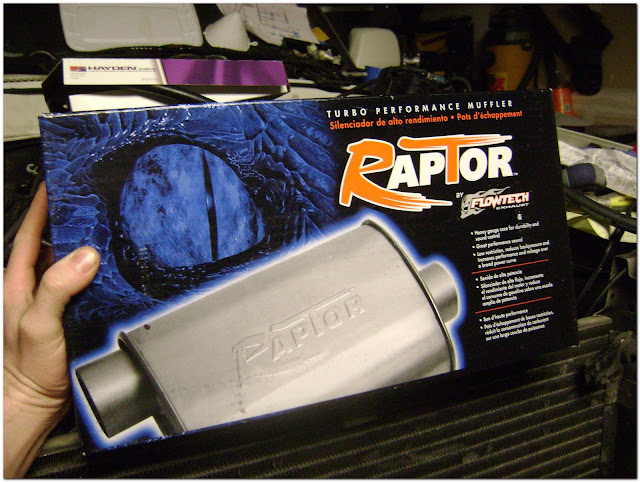- Thread starter
- #281
in the stock set up the maf is exposed to engine bay airflow which is road speed partly shielded by the rad plus deflected engine fan flow -- probably less than driving with a window open. in your set up inside the canister the maf is exposed to the full engine airflow demands of the engine. that airflow is generated by engine vacuum not the size of the snorkle opening. a v8 sucks a ton of air so i would think that is a lot more airflow than it would see in a stock location, not to mention air containing more dust, crap and water, than sitting pretty inside the engine bay shielded by the radiator.
if it were me i would figure out some kind of dust/waterproof cover for the maf. maybe just a plastic wrap. mafs are expensive
Still not sure exactly what you mean.
On the stock setup, the aluminum body of the MAF is exposed to engine bay air but no portion of the part that actually senses or meters the air. It is also post filter.
The way I have the sensor is still the same as the tundra. It is going to meter the air coming into the motor.
As you mentioned is vacuum. The fact that its a larger motor has nothing to do with how much vacuum it will see. It will still idle between 18-21inches of vacuum and see atmospheric pressure which is 14.7 PSI. Im not refering to boost, but the actual pressure of the atmosphere as measured at sea level. The motor cant see any more than that.
The fact that its inside a can vs in the engine bay doesnt have anything to do with it. Think of it as a shielded cold air intake like you would see on a civic. Still measuring metered air passing thru the filter.
Draw a picture if you feel im lost from what your saying. The

 marker light project.
marker light project. 
